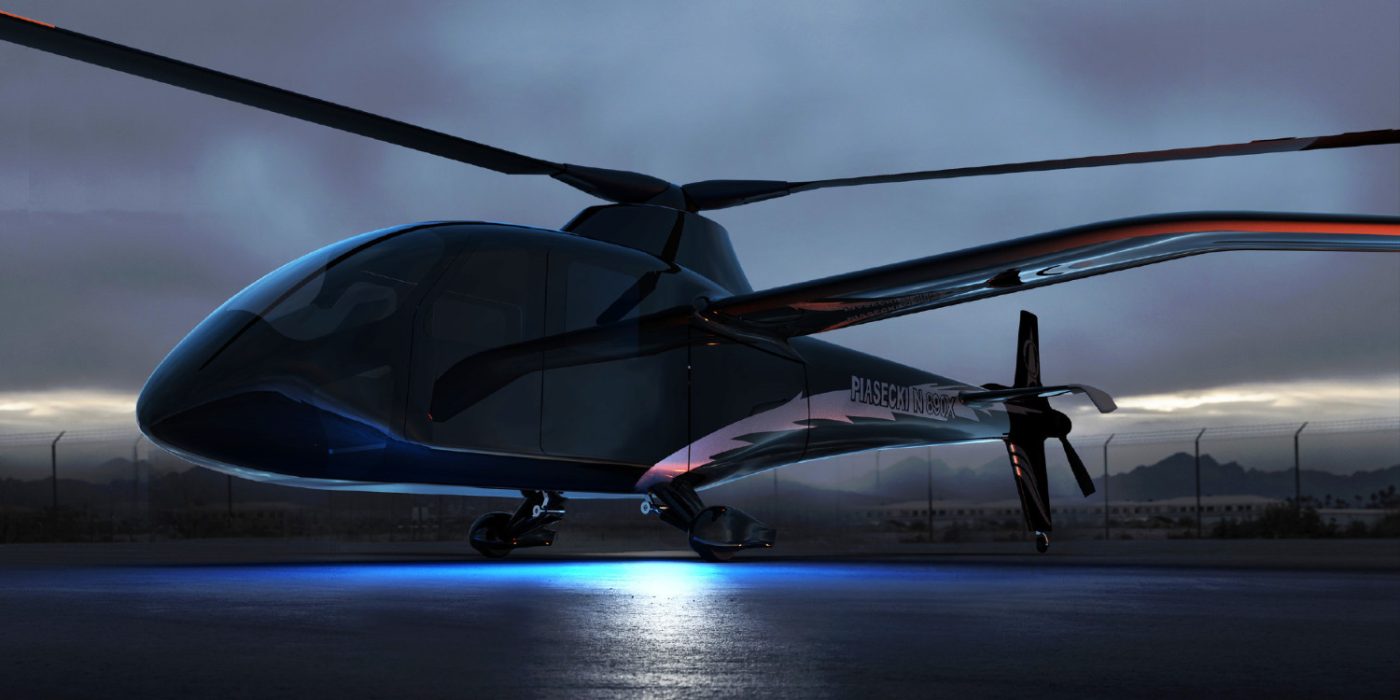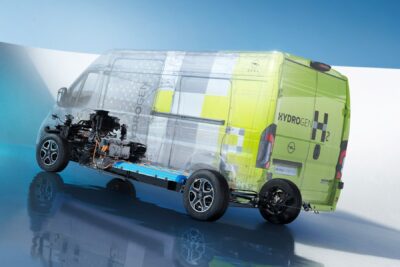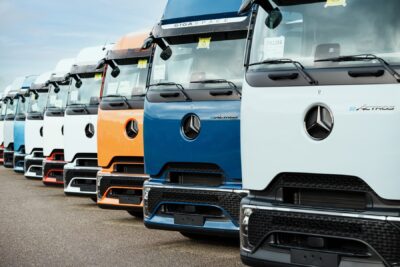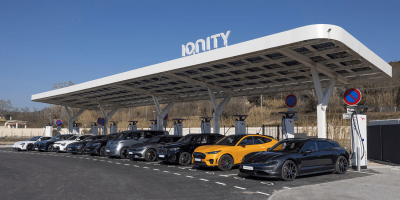HyPoint says fuel cell aircraft could reach 4x times the range of planes
Hydrogen aviation company HyPoint has agreed on a deal with Gloyer-Taylor Laboratories (GTL), an aerospace engineering firm. HyPoint will integrate GTL’s ultra-light carbon tanks into its aeroplane fuel cell system, and numbers suggest the combination could dramatically increase range.
This is because GTL puts the hydrogen storage rotation at 50 per cent – the weight of stored hydrogen fuel relative to total system weight – which is as much as ten times greater than current fuel tanks. This means the partners expect the tanks to store ten times more liquid hydrogen without adding mass.
GTL, which holds contracts with NASA or the US Air Force, specifies the BHL Cryotank weighs twelve kilos while holding over 150kg of liquid hydrogen. “Similar to the carbon fibre that is used in racing bikes, our carbon-composite technology adds strength and durability while significantly reducing weight,” said Paul Gloyer, president and CEO at GTL.
“Reducing weight is the most important factor for enabling longer-distance air travel with fewer stops to refuel,” said Dr Alex Ivanenko, founder and CEO of HyPoint.
And, fewer stops mean flying on hydrogen could get cheaper than using kerosene. HyPoint estimates an aircraft equipped with GTL tank technology could achieve as much as four times the range of conventional aircraft that use aviation fuel, cutting aircraft operating costs by an estimated 50% on a dollar-per-passenger-mile basis.
It would also make fuel cell systems viable for flights previously not deemed suitable. “Longer-haul aircraft may be able to utilise hydrogen for the first time while eVTOL makers can effectively multiply their flight range and operational time,” Ivanenko said.
Sergei Shubenkov, Co-founder and Head of R&D at HyPoint, further illustrated their reason behind working with GTL by comparison with an already hydrogen-fuelled plane. He said their internal analysis of a De Havilland Canada Dash 8 Q300, which seats 50 to 56 passengers using a standard liquid hydrogen tank, could achieve 5 hours of flight time or a maximum range of 2,640km. “With GTL’s tank, it could fly for 8.5 hours or a max range of 4,488km.”
That is when using HyPoint’s system currently in development. The US company specialises in air-cooled hydrogen fuel cell systems for aviation and urban air mobility. In October last year, they entered into a development partnership with Germany’s BASF for a new proton-conductive membrane able to operate at higher temperatures and a higher pressure differential.
At present, HyPoint builds fuel cells with a high-temperature proton exchange membrane (HTPEM) that the company calls the ‘turbo-cooled fuel cell’. As revealed in March 2021, the system achieves up to 2,000 watts per kilogram of power and an energy density of up to 1,500 Wh/kg.
In today’s announcement, HyPoint also said it would invest more than £11 million and grow its headcount to over 50 employees, in a scheme recognised by the UK Government at the Green Investment Summit in October 2021. This is for the company’s newly opened R&D centre in Sandwich, Kent, UK.
HyPoint was founded in 2019 in the USA and supplies zero-emission aircraft company ZeroAvia and is also working with Piasecki Aircraft Corporation (PiAC) to develop five 650-kW hydrogen fuel cell systems for use in Piasecki’s eVTOL.
HyPoint says its fuel cell system should launch in client hydrogen aircraft by mid-2024.





2 Comments